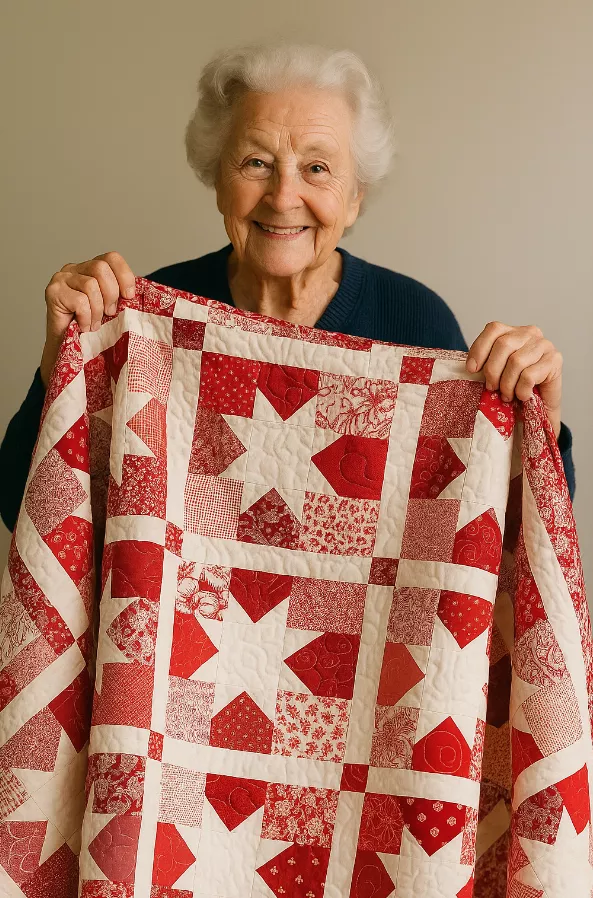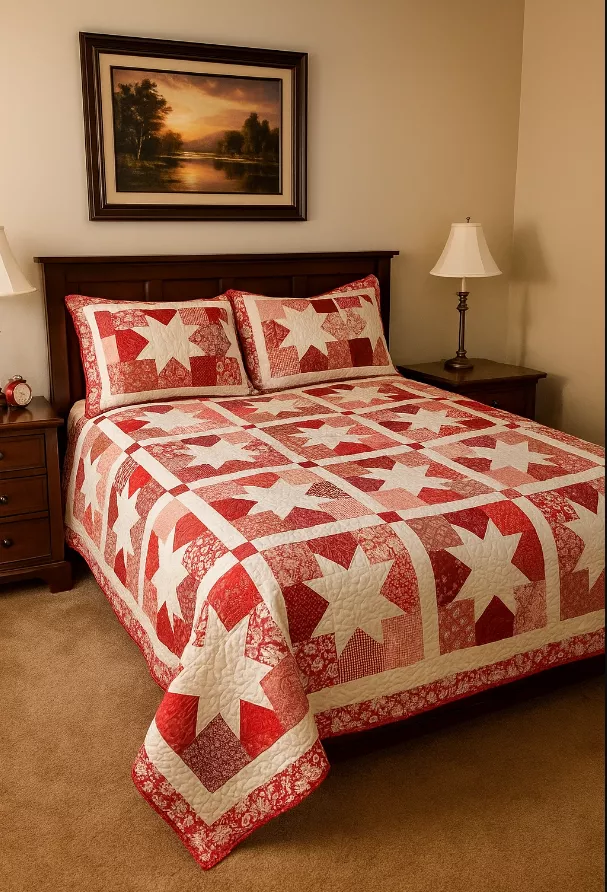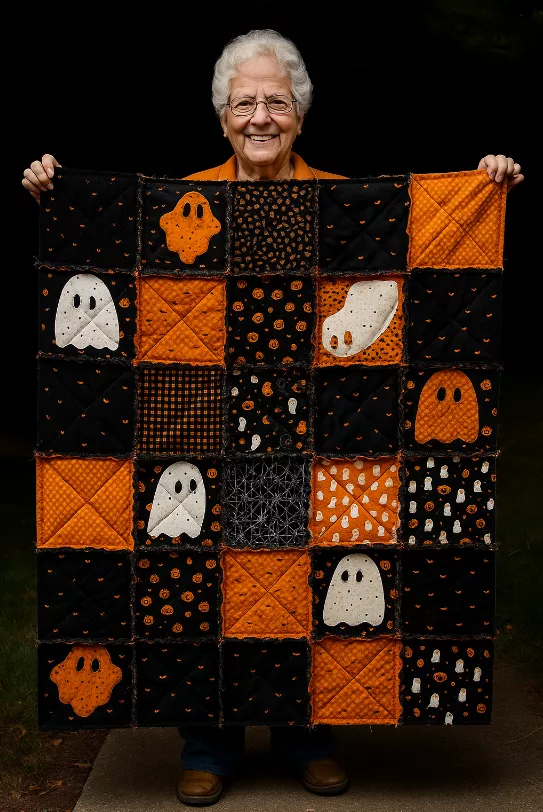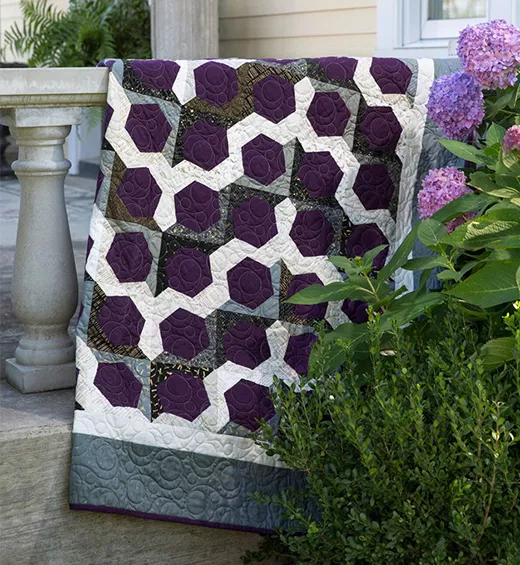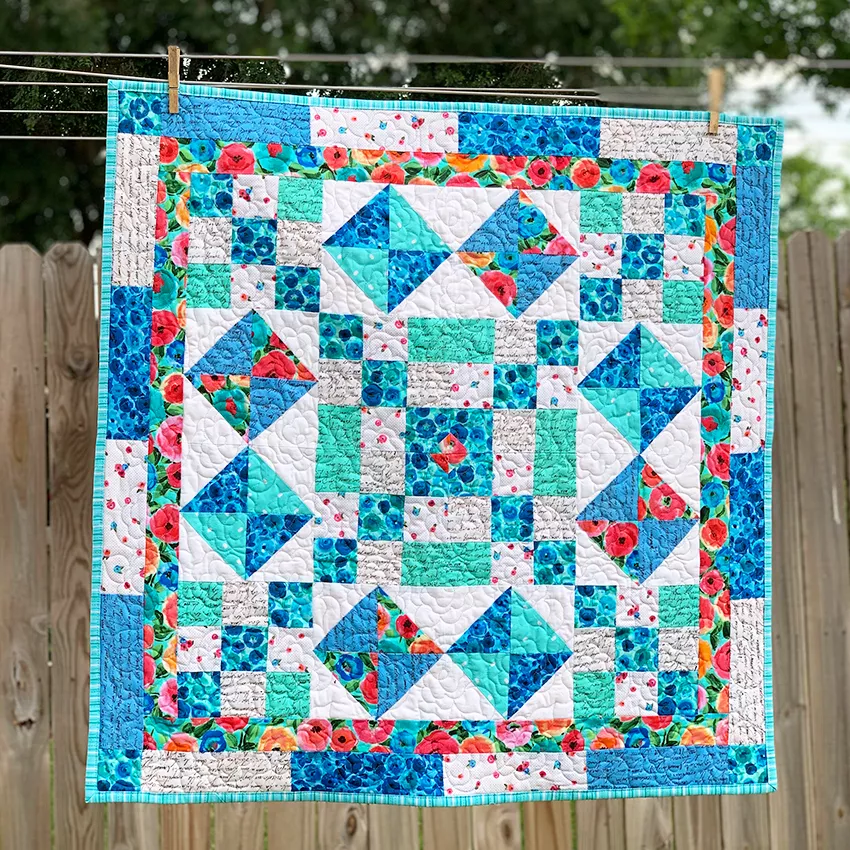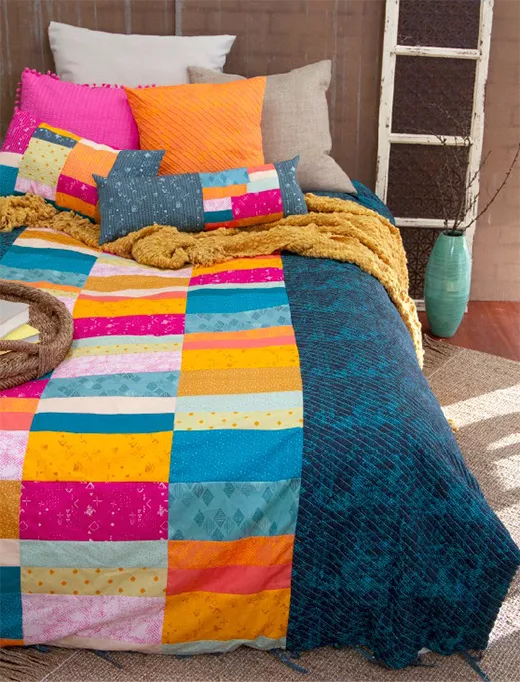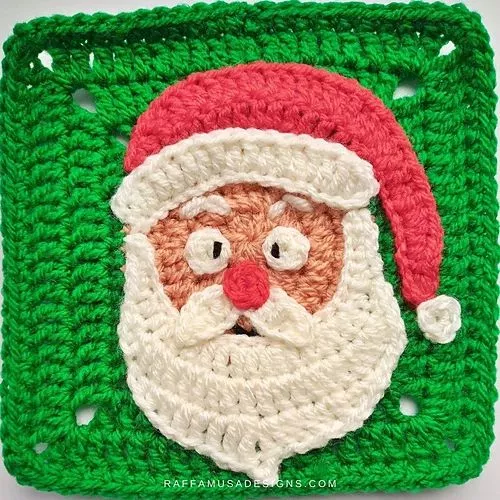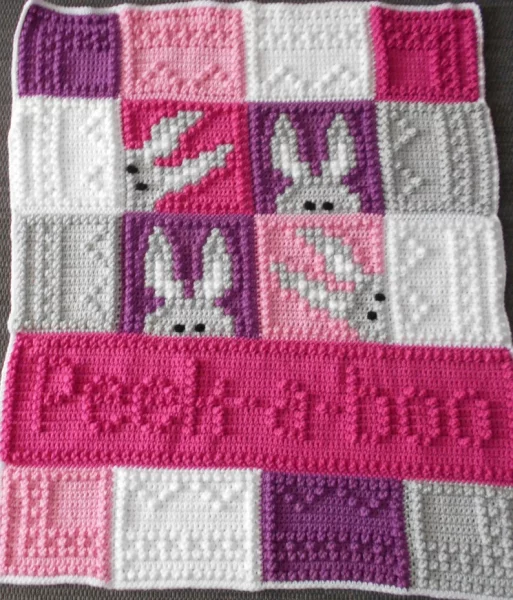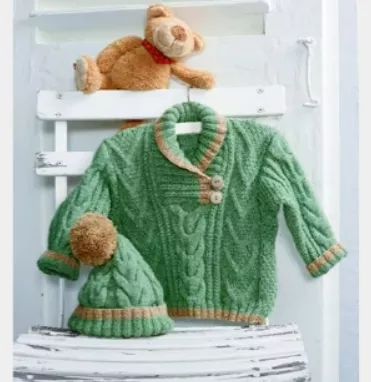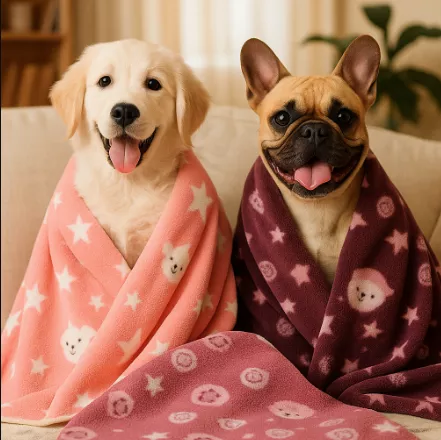

Bear’s Paw: 3-Yard Quilt Pattern – A Guide to Quilting Simplicity and Charm
The Bear’s Paw quilt pattern is a classic in the quilting world, cherished for its simple structure and versatility. Combined with the 3-yard quilt method, it becomes an ideal project for quilters of all skill levels, from beginners to seasoned crafters. This article will delve into the history, components, and advantages of using the Bear’s Paw design with the efficient 3-yard quilt approach.
The Bear’s Paw quilt pattern has deep roots in American quilting history, originating in the 1800s and symbolizing strength, protection, and guidance. Often associated with early pioneers and settlers, the Bear’s Paw design reflected a connection to nature, and the paw-shaped blocks were thought to symbolize the strong yet nurturing spirit of the bear.
The concept of a 3-yard quilt is simple yet brilliant—it involves creating a full quilt top using only three yards of fabric. This method, popularized by quilting experts like Donna Robertson of Fabric Cafe, simplifies the fabric selection and cutting process, making it easier to complete beautiful quilts without complex planning. Typically, the 3-yard quilt method uses one yard each of three different fabrics, creating a cohesive yet eye-catching design.
In the 3-yard Bear’s Paw quilt, the pattern retains the traditional bear paw motif: four “paw” blocks arranged to form a square with a contrasting “claw” in each corner. The simplicity of the Bear’s Paw pattern is enhanced by the limited fabric palette, as each fabric selection highlights different parts of the design.
Here’s a basic guide to crafting the Bear’s Paw with the 3-yard method:
For a personal touch, try these ideas:
The Bear’s Paw: 3-Yard Quilt Pattern is a wonderful project that combines traditional quilting techniques with the modern convenience of the 3-yard method. Whether you’re new to quilting or an experienced quilter looking for a fast project, the Bear’s Paw quilt offers a charming and satisfying crafting experience. With its simple, cost-effective design and meaningful symbolism, this pattern has become a timeless choice among quilters everywhere.

